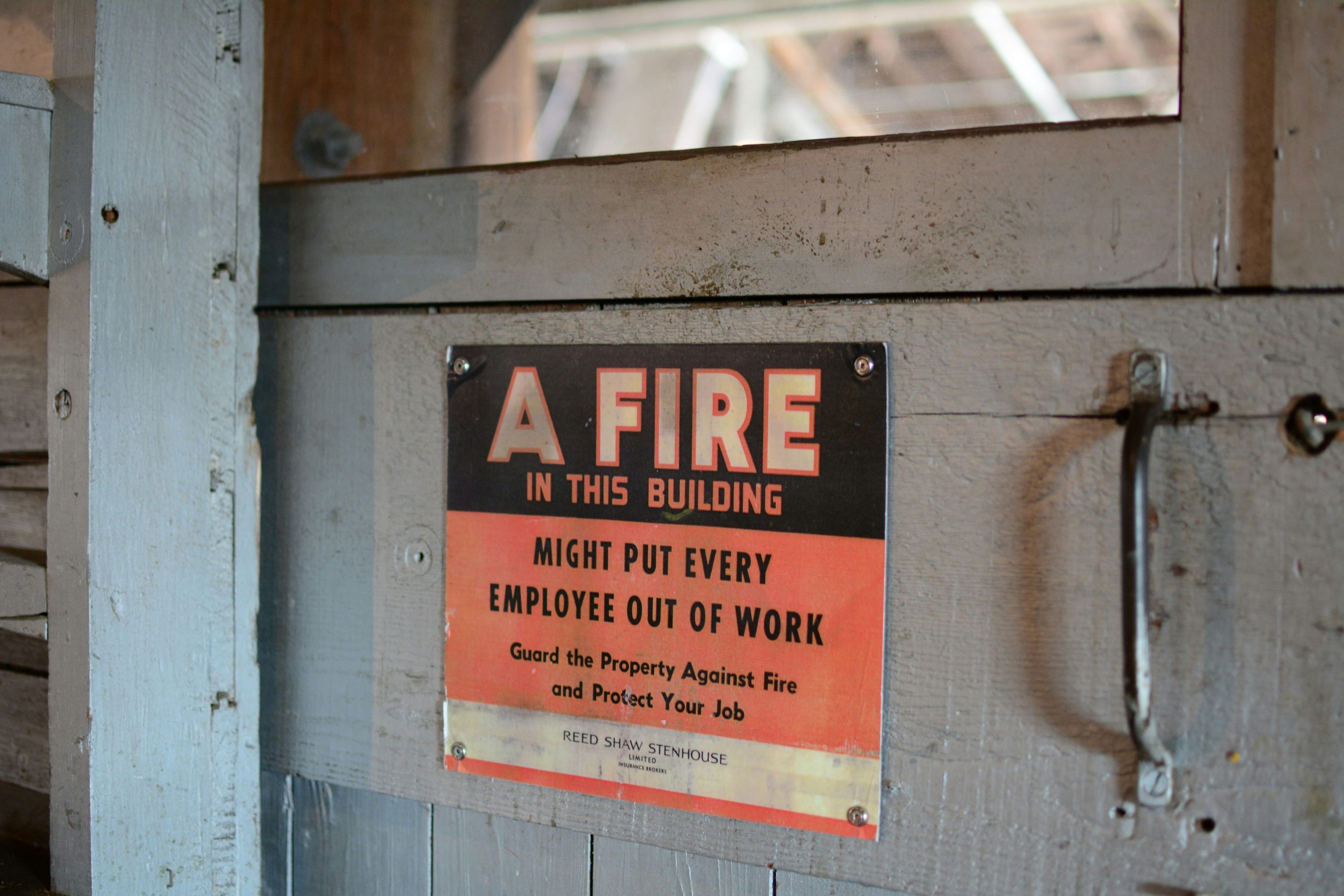In the realm of fire protection, one of the most critical steps to ensuring safety is conducting a thorough and structured fire risk assessment. An ideal assessment goes beyond checklists and standard forms—it involves a deep understanding of fire hazards, risk levels, and the most effective mitigation strategies tailored to a specific building or environment.
This article outlines the key principles and best practices in carrying out a high-quality fire risk assessment, enabling organizations to design safer spaces and meet regulatory requirements with confidence.
What Is Fire Risk Assessment?
Fire risk assessment is a systematic process used to evaluate the likelihood of fire hazards and the potential consequences if a fire occurs. It plays a foundational role in the overall fire protection strategy of any facility, forming the basis for preventive and responsive measures.
A proper assessment considers:
- Sources of ignition
- Fuel loads and combustibles
- Occupant vulnerability
- Fire detection and suppression systems
- Emergency response capabilities
Why Is an Ideal Fire Risk Assessment Crucial?
Many fire-related incidents stem from overlooked risks or improperly assessed environments. An ideal assessment not only identifies potential hazards but also offers actionable insights for improving fire protection measures. It ensures that fire safety resources are allocated efficiently, reducing both human and financial risks.
Key Elements of an Ideal Fire Risk Assessment
- Detailed Site Survey
A walk-through inspection is conducted to document all fire hazards, structural vulnerabilities, and critical assets. This includes evaluating building materials, electrical installations, machinery, and storage practices. - Hazard Identification and Classification
Hazards are classified based on their severity and likelihood. This stage is essential to prioritize actions in the fire protection plan. - People at Risk
An ideal assessment considers who may be at risk, including employees, visitors, elderly individuals, or persons with disabilities. Occupancy load and evacuation feasibility are also reviewed. - Evaluation of Existing Fire Protection Systems
This includes smoke detectors, fire alarms, sprinklers, extinguishers, emergency lighting, and passive protection (e.g., fire-resistant walls). Their condition, coverage, and maintenance history are checked. - Likelihood vs. Impact Analysis
Combining the probability of a fire event with its potential impact creates a risk matrix. This matrix is a valuable tool in developing a prioritized fire protection action plan. - Recommendations and Mitigation Measures
The final report should not just highlight problems but also recommend realistic, cost-effective solutions to strengthen fire protection. These might include installing updated fire alarms, improving evacuation signage, or revising hot work policies. - Review and Reassessment
Risk assessments should not be static. Changes in building use, layout, or occupancy require periodic reassessment to maintain an effective fire protection posture.
Benefits of a High-Quality Fire Risk Assessment
- Regulatory Compliance
It ensures adherence to local fire codes, insurance requirements, and industry standards. - Proactive Fire Protection Design
Data from the assessment directly informs architectural and system design, enabling optimized fire protection from the blueprint stage. - Operational Continuity
By minimizing fire risks, companies protect not just lives, but assets and business operations. - Increased Safety Culture
A well-documented and communicated fire risk assessment raises awareness and responsibility among occupants and staff.
Integrating Assessment with Fire Protection Design
One of the most impactful uses of a fire risk assessment is in guiding fire protection design. Engineers and architects can use the data to decide:
- Where suppression systems are most needed
- What fire-rated materials to use
- How to configure safe egress routes
- Where fire detection systems will be most effective
When used in this way, the assessment doesn’t just detect problems—it actively helps prevent them through intelligent, risk-informed design.
Conclusion
An ideal fire risk assessment is more than a regulatory requirement—it’s a strategic tool for safeguarding people, assets, and operations. By identifying fire hazards and evaluating existing fire protection systems, organizations can implement targeted, effective fire safety solutions.
Incorporating this process into routine safety management ensures that fire protection measures remain responsive to change, aligned with best practices, and focused on real-world risks.

